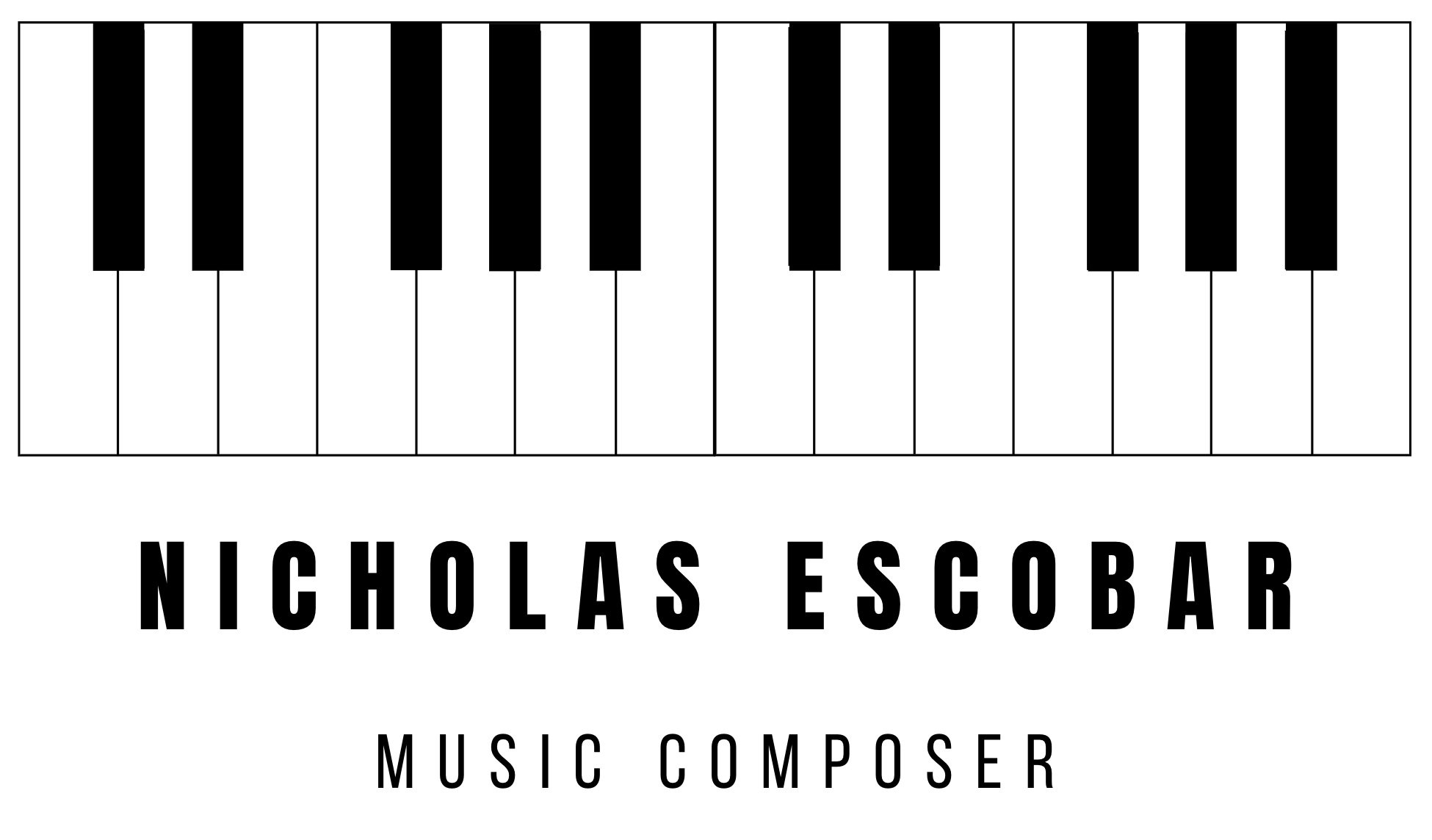My Composing Process: In These Times Season 3 (2021)
Dear Readers,
I had the pleasure of returning to score the third season of the award-winning University of Pennsylvania podcast “In These TImes”. This season centers around scientific ideas that create big public response (climate change, neural enhancement, evolution, etc.). Alex Schien, the podcast’s host and editor, gave me BladeRunner 2049’s score as an example of the sound he was looking for. Less organic instruments, more synths and minimalist.
So I set to work.
Building a Texture
Since I’m now on Season 3, I have built up a lot of sounds, textures of rhythms over the last two seasons of scores. So I went into Logic X, into a project file that had both the main themes for the first two seasons of the podcast.. I then picked and chose specific elements that could be utilized in this score. The metallic beat from season 1 was a must. I took the tin whistle from season 2, in addition to the tambourine, mandolin, melody harp hits, drum rolls, flutes and glockenspiel in addition to a few other elements.
Then I began to build up the synthetic elements of the score. I used sounds from Spitfire LABS, including the hollow woodwinds, piano pads, organ and textural pads. These sounds open the score, playing the main theme’s chord progression slowly, giving a real sense of space and discovery.
New Sonic Elements
For this season, a new element that I added were city and nature soundscapes. Keeping the idea of climate change in mind, I used soundscapes that I recorded in Barcelona, Scotland, Paris and Maine to create a soundscape texture that glues the entire sound of the score together.
Synthetic Live Recordings
Because Alex had mentioned that he wants a more synthetic sound to this score, I decided to take the live elements from the second and first seasons and distort them to make them sound synthetic. I ran a number of them through the Step FX multi-effects plugin in Logic. Through the use of three step modulators you can morph and change a sound seamlessly. One effect is to add a distinct rhythm to the sound that wasn’t there previously. The addition of this plug-in gave the sounds a ferocious, out-of-control sound which was exactly what I was looking for.
Through the use of an effects pedal, I manually pitched the synthesizers as the track played, so that they subtly subtract and gain in pitch as the piece goes on. This all adds to the sense of dissonance and tension in the piece, reflecting the public disagreements that the podcast is discussing.
Conclusions
So in the end, this score has new elements of its own, why also carrying elements from the first two seasons. The additive nature of it is something that I really enjoy, because it sonically connects the two seasons while also sounding completely different and unique.
Your’s Musically,
Nicholas Escobar

